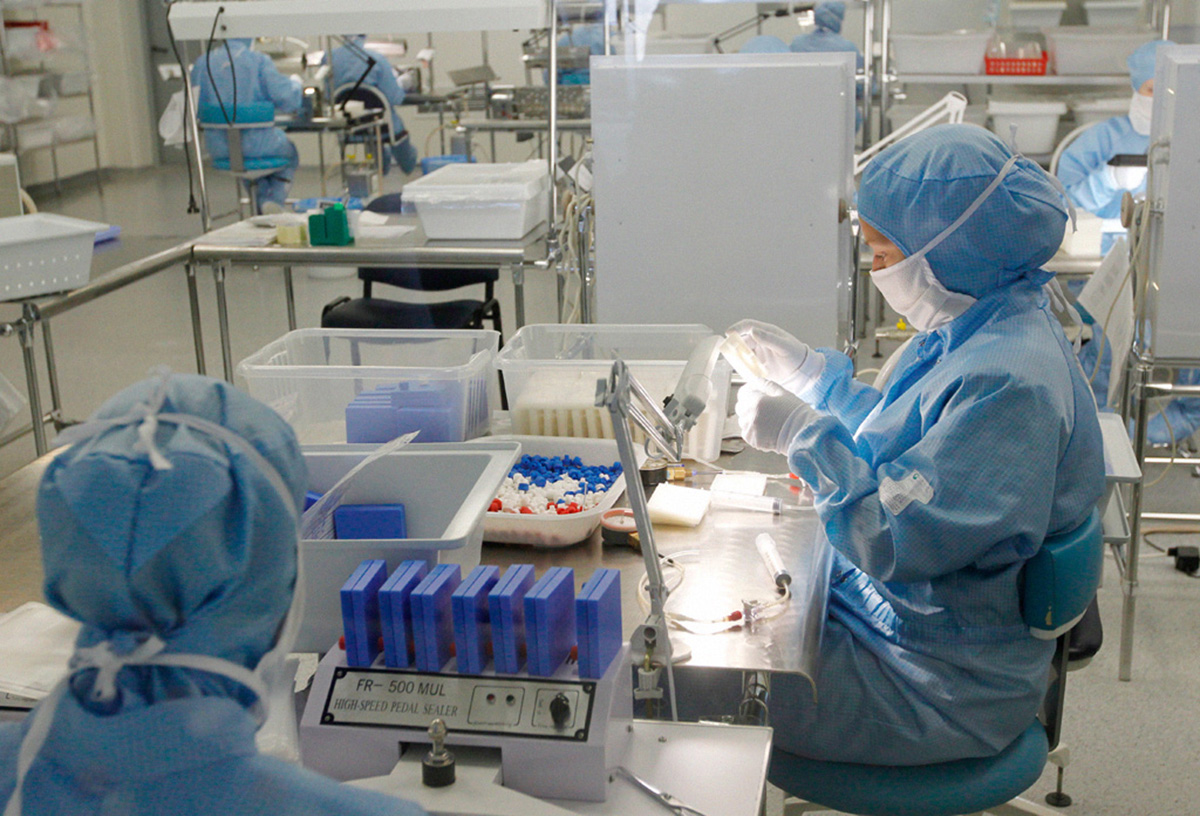
Medicines and medical technologies require the latest and advanced (sophisticated) technology. Not all medical devices can be implanted into a body. And most of the medical implants of today are simple not good enough. Nanotechnology in medical science may control, build up, monitor and reform biological systems at the molecular pitch.
Nanotechnology uses measures to scale the billionth, millionth meter in dimension, which makes one nanometer equal to 6 hydrogen atoms in one go. Nanotechnology devices serve to collect data about someone’s health inside which again helps to treat conditions earlier. The nano high tech picks up medical variability to switch chemical balances in tissue and blood that alters the medical condition etc.
Most of medical nanotechnology drives are still in the first phase. There are more and more nano tech products tested every day. And there some medical equipment already tested and presented on the commercial market today (items like bone replacement materials in-vitro molecular diagnostics, suture needles, micro-needles, wound bounds etc...
This is how it works. Tiny micro nanorobots are injected in the bodies to check or to approve medical enhancement of a patient; the story is still a science fiction and the object of manipulation in media and film. But there was medical team of Australians and Americans who has created nanorobots 3-D software that serves as the model for future improvements of a similar device. According to their research nanorobots will be effectively improving healthcare in general and medical defense of the human body.
For now such nanorobots may predict the time for a pandemic outbreak protection, they can predict outcomes of influenza for instance. While, nanotechnology therapy may have a little less side effects then usual medication used for different treatments. It proves better as being more effective then usual therapies. Their future plan is to build molecular systems that may regenerate real living systems or to build body parts to convert body parts and regenerate illness injury or infection.
Identification
A goal of nano therapy in the future will be accurate diagnosis of cancer for instance, detecting all sorts of tumor and to ensure positive therapeutic outcomes. With nano tech it is possible to do molecular imaging to determine a 100 to 1000 cells tumor mass. Mammography for instance, detects tumor mass in a million cells only, when tumor is already developed. It is also used to make artificial and mechanical red blood cells instead of blood transfusions to cure anemia, bad breathing problems or lung disorders. Or to produce white blood cells and treat blood stream, organs, entire system.
A Great Potential
Diagnostic nanomachines may monitor internal chemistry of the body. Nanorobots have wireless transmitters that may be able to freely move in the lymph systems, blood stream or to react in order to warn chemical overbalance. Non mobile nanomachines may be located in the nervous system and scan vital body functions or a brain activity. Implanted nanotechnology may replace hormones with chronic chemical dysbalances. In the future nano high tech may try to correct genetic defects or alter DNA molecules.
Considerations
University in Texas studied nanoparticles for a various kidney diseases treatment. Nanoephrology uses devices, molecular and atomic materials for renal diseases. Nanonephrology gives insight of a cellular molecular systems´ nano-scale data about normal or pathological states of kidney. The better insight of molecular structure and proteins on the atomic level there are novelties to come.


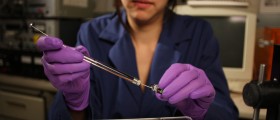




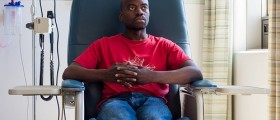
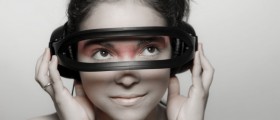
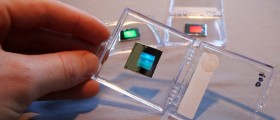
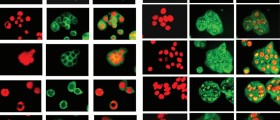

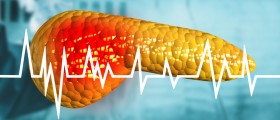




Your thoughts on this
Loading...